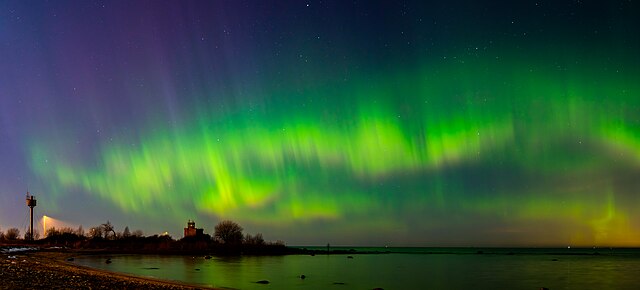A powerful geomagnetic storm hit the Earth on Monday, potentially illuminating the night sky with Northern Lights, according to the US National Oceanic and Atmospheric Administration (NOAA).
Conditions at 5.00 p.m. Belgian time on Monday represented a Level 4 geomagnetic storm on a scale of 5, the NOAA reported in a press release, adding that these conditions could continue into the evening, but were not expected to become more intense.
The storm could result in mild auroras as far south as Alabama and in northern California, the agency said.
The current solar storm is caused by coronal mass ejections (CMEs), which are exploding particles shooting from the Sun. Upon reaching the Earth, these particles disrupt its magnetic field.
“There are lots of Northern Lights at the moment," astrophysicist Eric Lagadec of the Côte d’Azur Observatory in France wrote on X "If this continues until nightfall here, we may be able to spot one.”
On Sunday, NASA astronaut Matthew Dominick had already posted a stunning photo of the Northern Lights from the International Space Station, where he is currently stationed.
However, geomagnetic storms can also have unwelcome effects. For instance, they can disrupt high-frequency communications, interfere with satellites, and overload electricity networks. Operators of sensitive infrastructures have been informed to implement measures to mitigate such effects, NOAA said.
In May, the planet experienced the most powerful geomagnetic storms recorded in 20 years. They resulted in Northern Lights brightening the night skies over the US, Europe, and notably Australia, at much lower latitudes than usual.
These types of events have become more common recently, as the Sun is currently near its activity peak, according to an 11-year recurring cycle.

